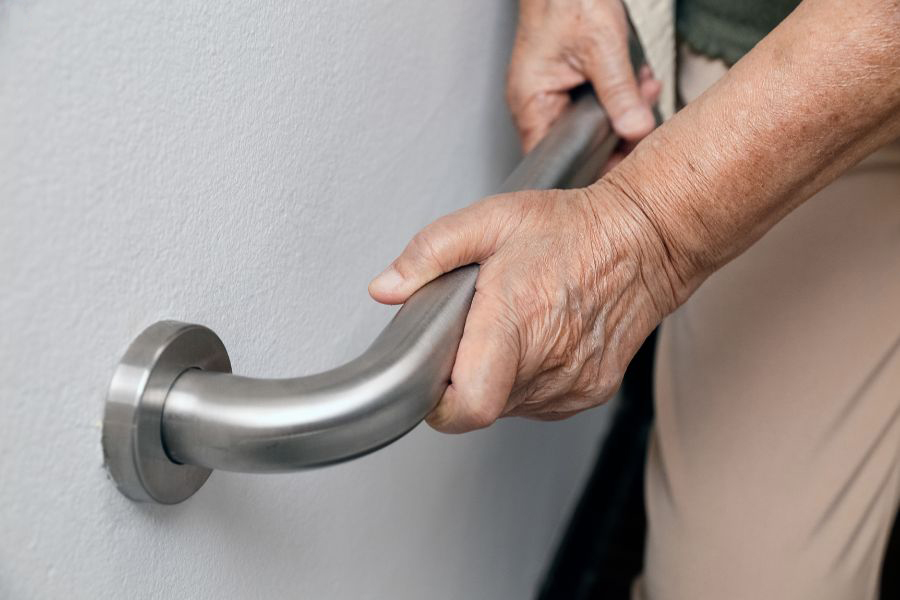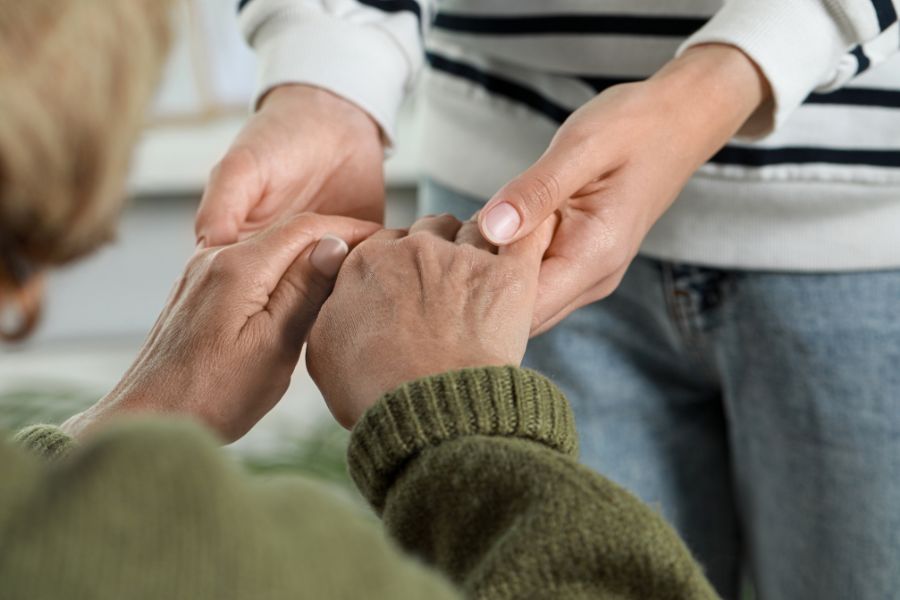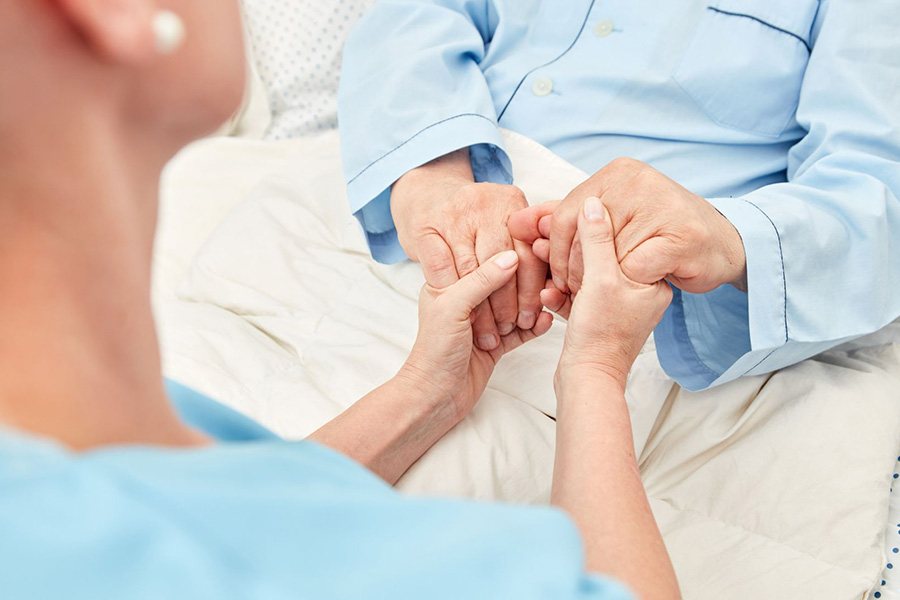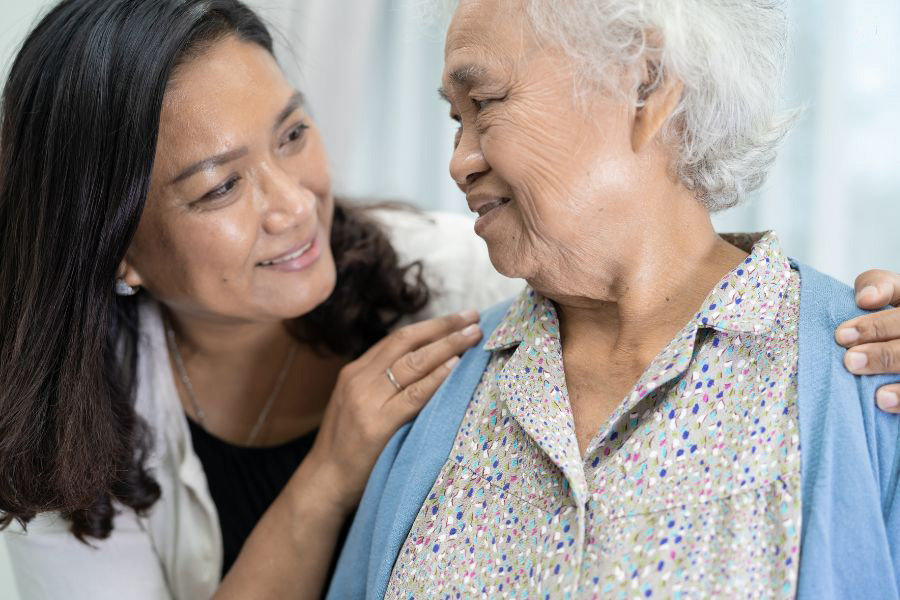Home safety for aging parents starts with more than grab bars and good lighting. It begins with understanding how everyday spaces can quietly become hazardous. When an aging parent chooses to stay at home, comfort and routine are important, but safety is the foundation. Slips, trips, and small oversights can quickly lead to emergencies, especially as mobility or memory shifts with time. Fortunately, creating a safer home doesn’t have to mean a full remodel.
At Lucent Health Group, we help families create supportive, secure environments that allow older adults to thrive. If you’re wondering where to begin, walk through the house room by room. These five key areas are where small changes can make a big difference.
Here’s how to improve home safety for aging parents with practical, low-cost tips.
1. Entryways and Hallways: Clear Paths, Safe Steps
These are often the first spots where falls or missteps happen. Make them safer by:
- Adding motion-sensor lighting outside and just inside the door
- Securing or removing loose rugs
- Clearing walkways of clutter and low furniture
- Installing a handrail if steps are present
- Lowering door thresholds to avoid tripping hazards
Start here, and you immediately reduce one of the most common fall risks in the home.
2. Living Room: Comfort That Doesn’t Compromise Safety
This is where your loved one may spend the most time, reading, resting, or watching TV.
Improve safety and independence by:
- Choosing firm chairs with arms that make it easier to stand up
- Securing electrical cords and remotes to prevent falls
- Adding soft lighting to ease eye strain
- Replacing glass or low-profile tables with safer alternatives
Even subtle updates can help your parent feel more confident moving through their day.
3. Kitchen: Preventing Accidents in a High-Traffic Zone
The kitchen brings comfort and routine, but also hazards like hot surfaces, spills, and hard-to-reach items. A few adjustments can protect your loved one:
- Move daily-use items to lower, easy-to-reach shelves
- Label cabinets clearly or opt for transparent doors
- Use automatic shut-off appliances to reduce fire risk
- Add non-slip mats near sinks and the stove
Create a small area with essentials to reduce overreaching and keep everything accessible.
4. Bathroom: Avoiding Falls with Simple Fixes
The bathroom is one of the highest-risk areas in the home but also one of the easiest to improve. Make it safer by:
- Installing grab bars near the toilet and in the shower
- Using non-slip mats and a sturdy shower chair
- Lowering water heater temperature to prevent burns
- Adding a raised toilet seat or toilet frame for easier use
These changes protect both safety and dignity.
5. Bedroom: A Safe Place to Rest and Recharge
A safer bedroom means better rest, more comfort, and less stress for both your parent and your family. Consider:
- Keeping a lamp within easy reach (touch lights are a great option)
- Placing a phone or emergency call button near the bed
- Ensuring a clear, well-lit path to the bathroom
- Choosing bedding that’s easy to manage without strain
This space should support independence and comfort, not create obstacles.
Safety Supports Independence
You don’t need to transform every room in one day. Start with what’s most important, and build from there. When the home feels safer, your parent feels more at ease and so do you.
At Lucent Health Group, we’re here to support families making thoughtful changes for aging in place. From home safety assessments to in-home support, we help you protect your loved one’s independence while offering you peace of mind.
Reach out today. Let’s make home feel safe again.






